Living the dream: A fan’s-eye view of Last Great Dreamers
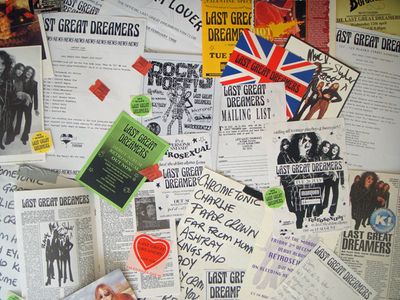
The catalyst for all this rummaging was the reformation of a rock ‘n’ roll band, Last Great Dreamers. For four years in the mid-1990s, I followed this band with a passion. They had one of the best names I’ve ever heard – it sounded like the kind of thing I could get on board with, even before I’d heard them play a note, suggesting as it did something unique, with aspiration and imagination. I first saw, and heard, the band in 1993, at one of their many Dogs D’Amour support slots at the Marquee. Straight away, I could see that the Dreamers were a perfect package: the songs, the sound, the clothes, that name. They had what all great bands have: a philosophy. Of course I’d end up with their posters on my walls.
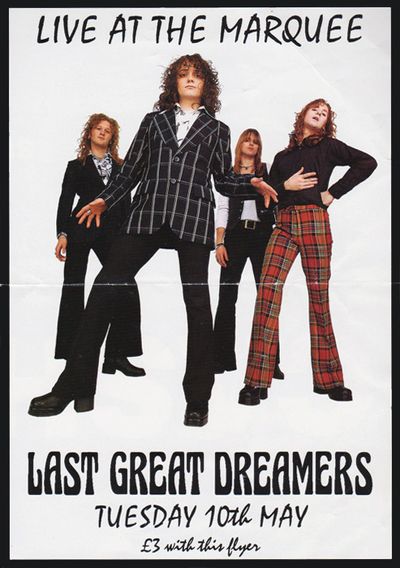
I unearth lots of other treasures, too: flyers, gig photos, press cuttings, newsletters, fanzines, stickers and – hey! – more posters, many of them half-inched from venue walls (don’t judge me – I waited till the encore… mostly). It’s a mini-museum of Last Great Dreamers memorabilia, a trove of jewels that aren’t worth anything but are worth everything – representing, as they do, a period in my life when I believed that music could change the world, and that my favourite bands could make it happen by becoming the biggest thing ever, which would truly, definitely happen if I wished really, really hard.
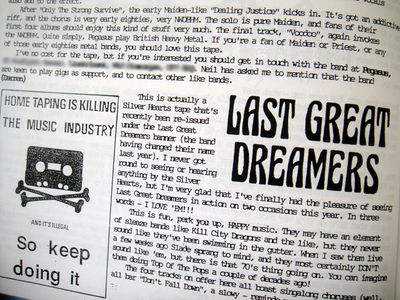
Before I go any further, I must confess: I had another love in 1994. Her name was Tara. Luckily for me, she liked the Dreamers as much as I did. Luckily for the band, she edited her own ‘zine, Scuzz. Talk about a perfect storm. Tara and I quickly became regulars at the band’s Marquee gigs. Before the release of Retrosexual - which seemed to take an age to hit the racks - the shows were the only places outside of that demo where we could get our fix of the band’s songs. It was, for all intents and purposes, 1972, and the Marquee was our radio. If we didn’t tune in when it was broadcasting Last Great Dreamers, we’d miss our chance to hear the likes of Lady, Chrome Tonic and Far From Home.
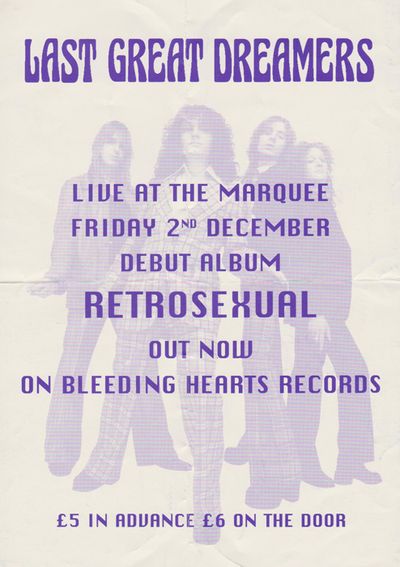
As 1995 rolled around, Tara and I accepted an invitation to interview the band before a gig in Portsmouth. It amazes me now to think that this was the first time we’d spoken to anyone involved with the Dreamers except Ray, the band’s tour manager and PR whizz, and all-round top bloke.
As we entered the venue on that Wednesday night in January, Ray greeted us and, in a move that brought to mind Del Trotter, opened a suitcase full of band merchandise, including some “actual flyposters”. There were photos (I had mine signed); there were T-shirts (“birds – small / fellas – medium”); but there were no CDs – “we aren’t actually allowed to sell them,” frontman Marc told us later – so Ray made sure that everyone knew the catalogue number, CDBLEED10. Unfortunately, distribution didn’t seem to be going too well, and asking a shop to order the album was the only option for some.
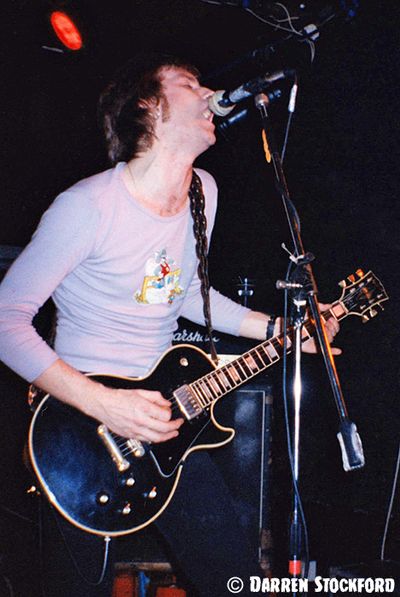
In many ways it was the perfect interview, too – not because it read brilliantly (it didn’t – I was blind to editing in those days), but because, for us, it cemented the image to the people. Slyder, a man in his early 20s, puffed on a cigar throughout, in what felt both like a nod to a bygone age and an act of rebellion against cigarettes, which of course every other rock ‘n’ roll band was smoking. Even the guy’s vices were of another time. The Dreamers’ retro stylings had, said Slyder, “changed my whole life. I drive a 1976 Ford Cortina now, to go all the way with it”.
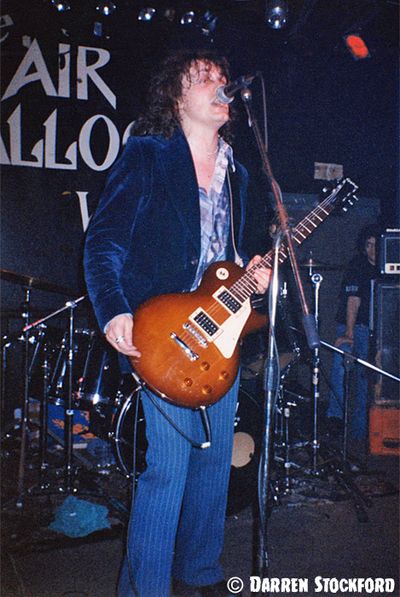
Clothing, of course, mattered to the band - the flares, winged collars, stack heels and Rupert suits placing their image firmly in the early ‘70s British glam scene, where the pop-rock divide was beautifully slender. While many of their contemporaries were taking sartorial inspiration from the likes of Hanoi Rocks – bands who walked the sleazier side of the tracks – the Dreamers were swanking up, presenting themselves as dandies; eccentrics rather than rebels. Marc even promised to “open a boutique when we get some royalties”.
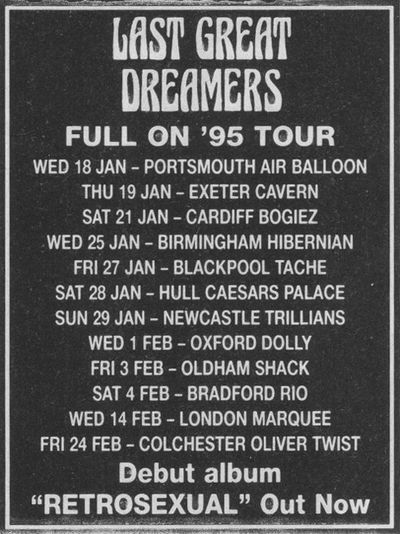
Not long after that, Tara bought a brown suede coat with a fake-fur collar from a charity shop. As these garments had a vague whiff of the ‘70s about them (in more ways than one), we christened them our ‘Last Great Dreamers coats’. Tara was wearing hers when she fell in a huge puddle outside The Royal George on Charing Cross Road. She never wore it again - it stank - and the shine wore off mine after that (not literally).
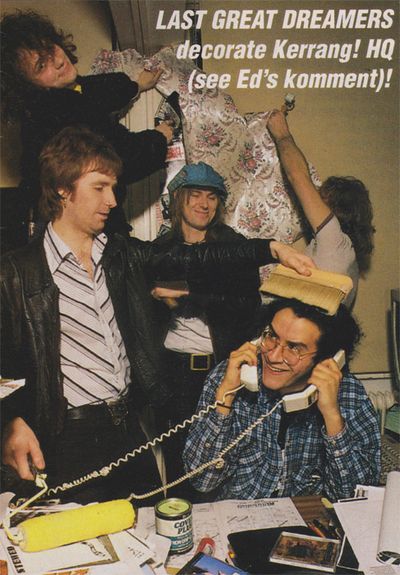
Five weeks later, Tara and I saw Last Great Dreamers at the Astoria 2 supporting Bang Tango, an American glam-metal band who were doing pretty well for themselves. The gig was part of a tour on which the Dreamers would open each night. Only half the audience were in the London venue as the band took to the stage, but it still gave me a glimpse into how they’d cope on the next rung of the ladder, sharing stages and spotlights with higher-profile artists in an attempt to lure some fresh faces into Last Great Dreamers fandom.
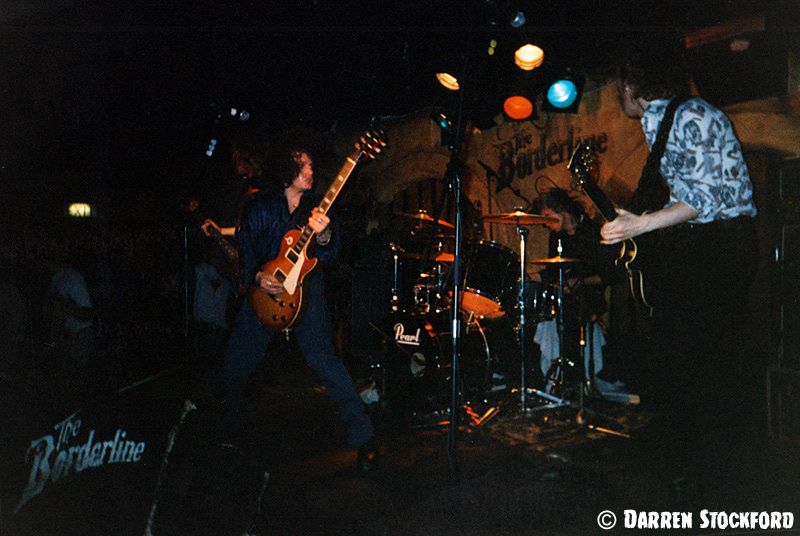
The summer saw them picking up more press for their appearance at the Kerrang! awards, and I caught some more gigs – at the Camden Palace and the Borderline. Free from their previous record contract, and with some new and quite brilliant recordings under their belt, the band seemed optimistic. It felt like something was still going to happen for them. How could it not? They’d worked hard, so they were definitely going to get paid.
And then the Marquee closed.
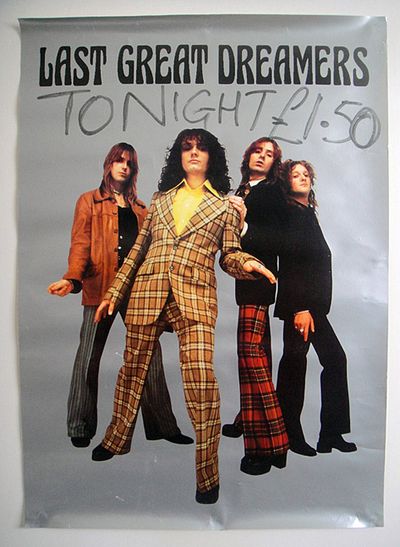
The band were as brilliant as ever, though. Armed with seven songs that didn’t appear on Retrosexual – including the newly recorded Ashtray Eyes and No 1 Wonderboy – they were clearly gearing up for a new record.
I left that night with wet trousers – both metaphorical and uncomfortably real. While scrabbling around pulling some fanzines out of my bag, I managed to pour half a bottle of brown ale down my left leg. As goodbyes go, the Marquee didn’t get my best.
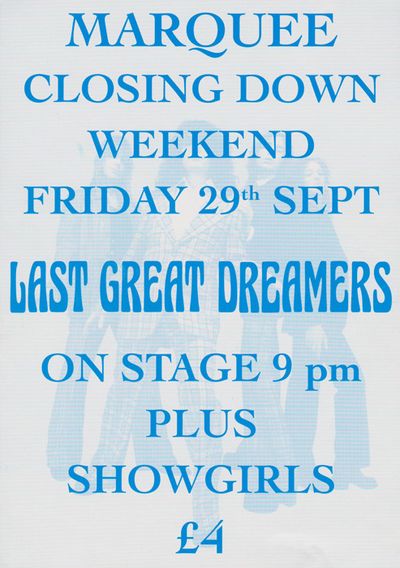
The industry, it seemed, had led the band such a merry dance in the wake of Retrosexual’s release that they’d decided to launch themselves afresh. The name was “more streamlined”, said Steve. I was disappointed, but I tried to convince myself otherwise. In a review of the first Jet gig I saw, at the Dublin Castle in August 1996, I wrote: “The Dreamers have ditched the cartoon ‘70s image (a gradual process, it must be said) and changed their name to Jet; a name that, in some ways, has far more ‘70s connotations than their old moniker ever did. Obvious Wings connection aside, there’s a certain element of camp masculism to the name.”
If you say so, mate.
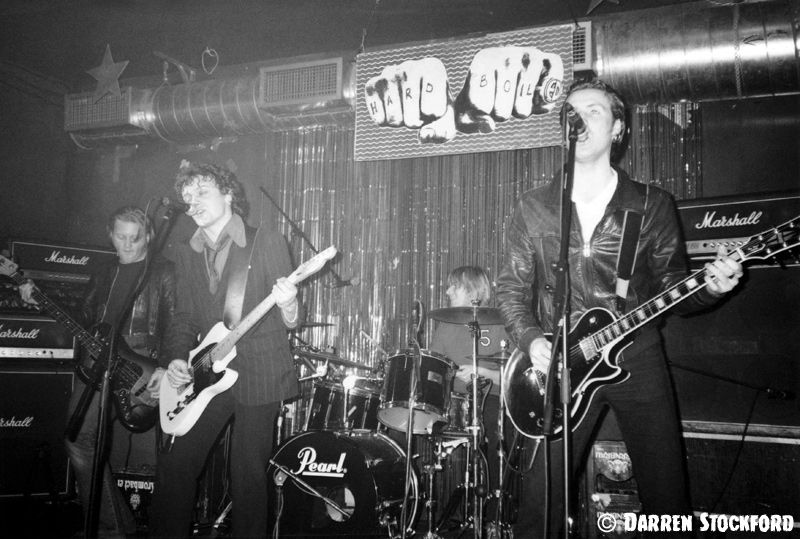
The previous year in Portsmouth, Steve told me: “We’re getting called a glam band, although I don’t think we are. We’re a glamorous band, if you take it like that – we’re extravagant, flamboyant. But we’re getting accused of being, or lumped in as, a glam band.”
Slyder was more pragmatic: “At least they’re putting us in front of, like, heralding this big explosion of glam or whatever again. ‘Cos there’s loads of bands doing metal with lipstick and big hair. We never did anything like that. We’re really a rock ‘n’ roll band. It started off with this Quireboys thing, but we’re well away from that now.”
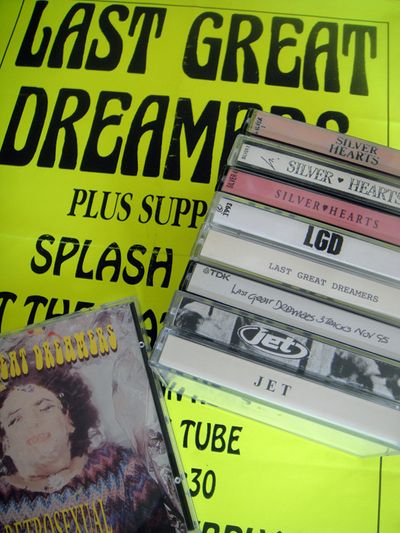
It was a huge shame. As well as hitting some fantastic highs live, the music they recorded in the wake of Retrosexual, as they tried to secure a new record deal, was most impressive in terms of both the songs and production. Gone were the biscuit-tin drums of their debut album – these new recordings had oomph.
Over the course of four tapes, there were 10 new songs (plus a re-recorded Last Great Dreamer) that – for fans like me – effectively comprised a complete second album. In fact, in the early 2000s, I digitised these tracks, sequenced them in a pleasing way and titled the result Crash Landing In Teenage Heaven, after the most frantic song of the new batch. I’ve been playing this ‘album’ ever since.
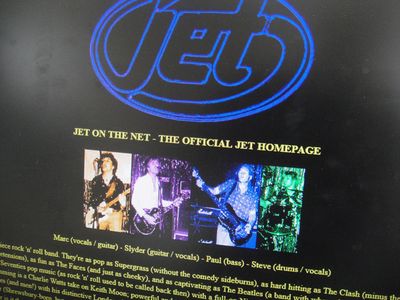
There was also a set of band-member profiles, in which Marc shared his first gig (Darts, Theatre Royal, Norwich, 1976), Slyder confessed a love for I Could Be So Good For You by Dennis Waterman, Paul revealed his biggest turn-on (“the idea of actually making a living from all this”), and Steve unburdened his greatest fear (“that one day I will wake up and my face has been swapped with my arse”).
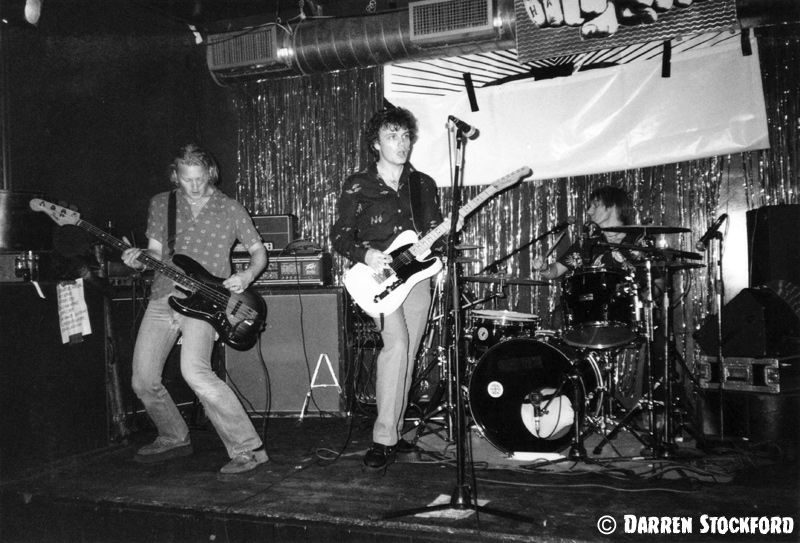
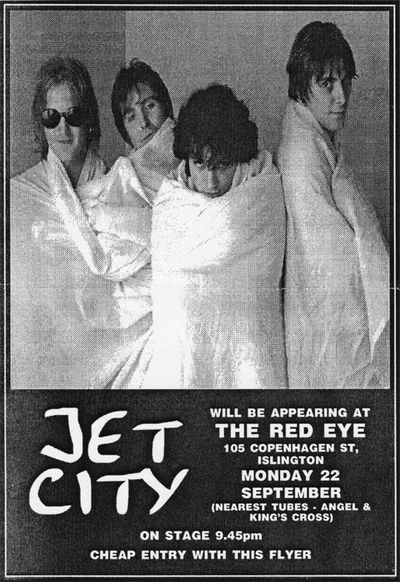
And then, as the curtain came down on 1997, Jet City left the stage - this time for good.
It was sad news, but not much of a shock. Musically, the band were better than ever; their image more mature and - I’d hoped, when it came to the eyes of the record industry - less divisive. But the storm of interest they’d whipped up in 1994 and 1995 was now a stiff breeze. The Marquee closing had scattered the fans, and two name changes had pruned the band’s audience even further. The underground glam scene that had once looked like it might break a few mainstream waves – and which, in Slyder’s words, they’d once heralded – was now an also-ran to Britpop.
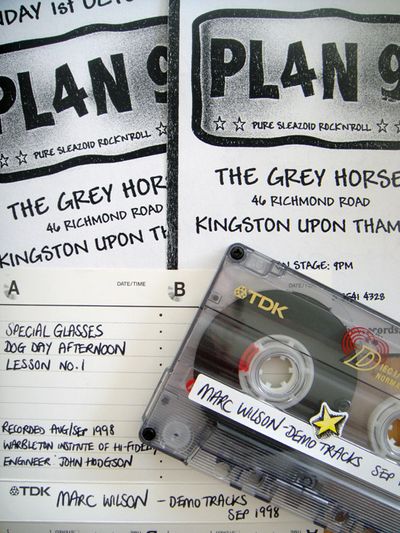
The postscript – the bits of story that I’m aware of, at least – involved a short-lived solo project for Marc (he sent me a three-song demo in 1998), and two new three-piece bands for Slyder, in the shape of Toy Eye and Plan 9, which saw him taking on the role of frontman with relative ease. (At one of the Toy Eye gigs I saw, in May 2000, he had his wallet pinched from the dressing room and had to cancel all his cards 20 minutes before he went on stage – ah, lovely London town.)
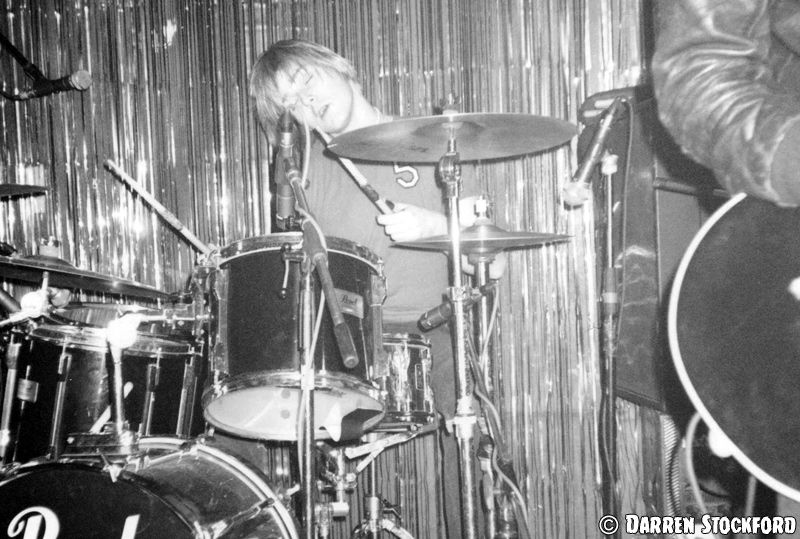
Every generation sets out to change the world, and thinks it can. Last Great Dreamers were part of my experience, my dreams – in that respect they were aptly named. In the ‘80s, as a teenager, I fell for heavy metal, but by the end of the decade I’d followed the sound of the electric guitar back to the ’60s and ‘70s, and in particular a genre of music I liked to call good-time rock ‘n’ roll. That many of the bands I fell in love with weren’t actually from the decades in question is irrelevant; the lineage was the same. It was the feeling that mattered: the joy of a Gibson guitar, some lyrics that nailed the melancholia I felt and the dreams I harboured - and, hey, if there was a feather boa somewhere in the mix too, all the better.
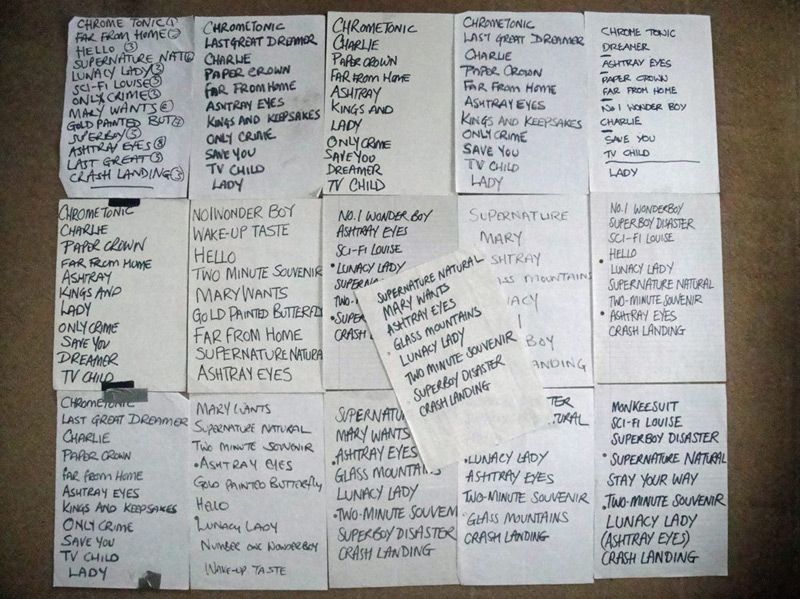
“Credit to ‘em,” wrote Ray Zell in Kerrang! in December 1994. ”While their Marquee fodder contemporaries were still churnin’ out sub-Heartbreakers riffs and token punk covers, Last Great Dreamers attempted to construct actual songs.”
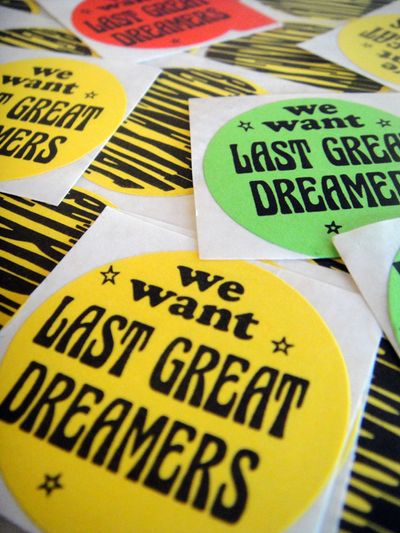
In a new interview on the band’s blog, Marc confesses to a mid-life crisis that’s been going on for 20 years (I know that feeling), but there doesn’t seem to be any desperation in the reunion. “Meeting Slyder after 10 years and jamming through a few of the numbers was brilliant and I think the connection is still there,” he says. “Seeing my dad continuing to play bass with his rock ‘n’ roll band The Offbeats in his 70s is living proof that old rockers never die. We’re all still kids really!”
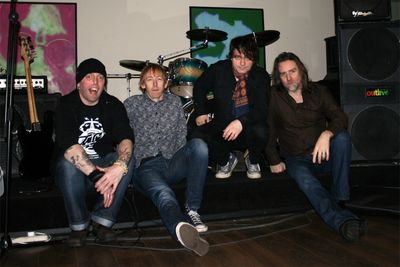
“Twenty years down the line,” says Marc, “and I must admit it still has a strange allure – once a Dreamer always a Dreamer, I guess.”
• In April 2014, Last Great Dreamers announced the release of their second album, Crash Landing In Teenage Heaven, a remastered collection of 11 tracks recorded between 1995 and 1997. It’s available now to buy from Amazon, on CD or as a download.
• On 21 September 2014, the band played their first live date in 17 years, at the Purple Turtle in Camden, north London. Read my reviews of the gig and the dress rehearsal.
